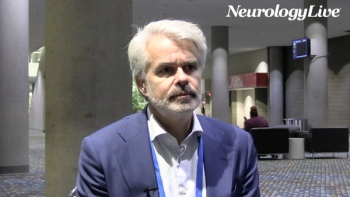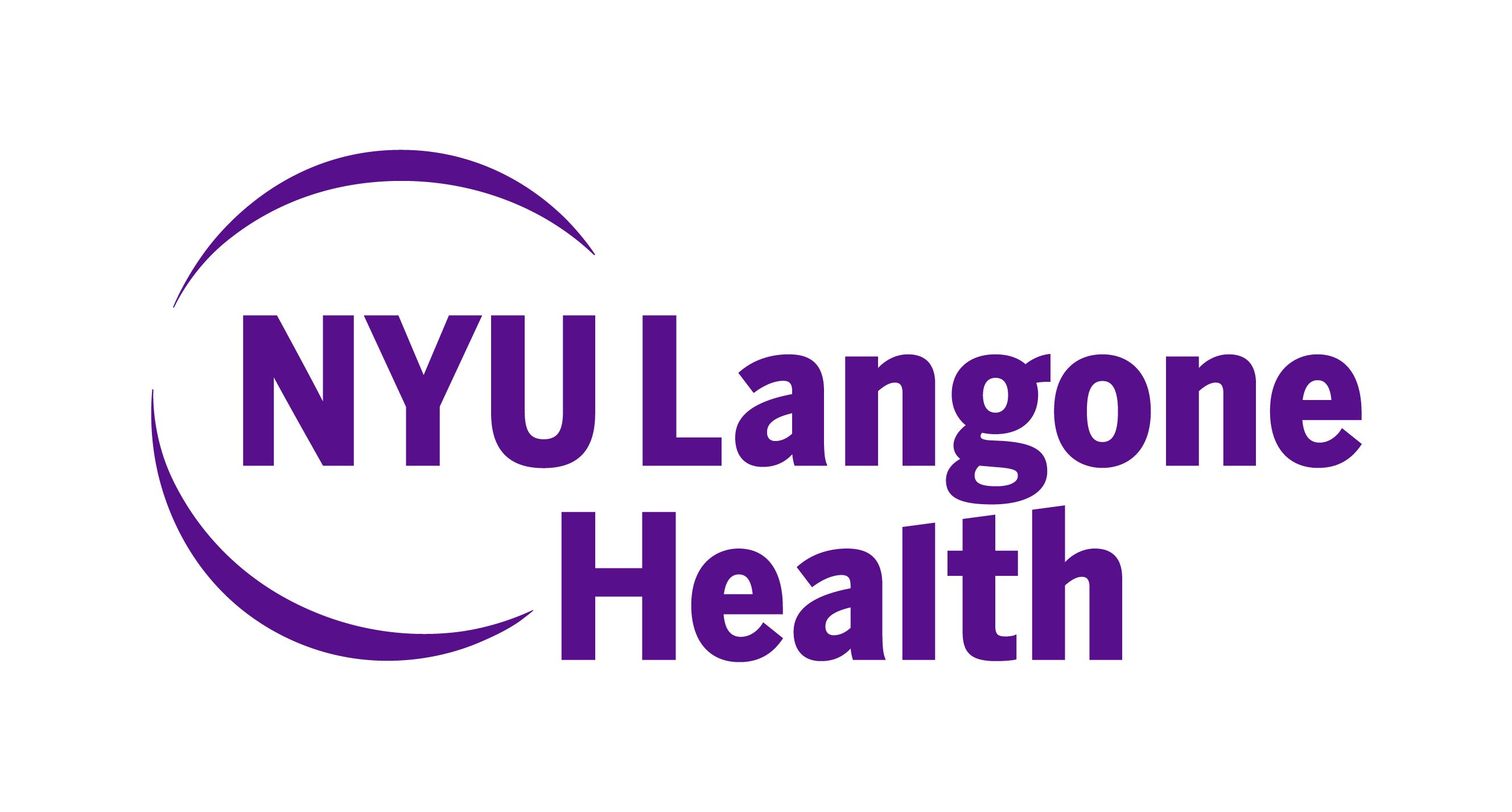
Gaining a Better Understanding of Metabolic Changes in Epilepsy From Dieting: Orrin Devinsky, MD

The director of the Comprehensive Epilepsy Center at NYU Langone provided insight on a recently published study assessing the metabolic effects of short-term modified Atkins diet in patients with epilepsy. [WATCH TIME: 4 minutes]
WATCH TIME: 4 minutes
"One of the opportunities is that we can use that tissue to look at changes in the brain or blood and compare them under a variety of different interventions, from medications that might help reduce seizures to drugs that might affect the mTOR pathway in people with tuberous sclerosis or cortical dysplasia."
The modified Atkins diet (MAD), mainly introduced in the early 2000s, is a less restrictive change to the traditional ketogenic diet. Along with the medium chain triglyceride diet, and low glycemic index treatment, it is 1 of 3 alternative diets to treat patients with epilepsy. MAD differs from ketogenic diets in that there is no fluid or calorie restriction or limitation, as well as no restrictions on proteins. Although fats are strongly encouraged, they are not weighted and measured, and most patients will consume plenty of dairy and oils.
Previous research has shown that high-fat and low-carbohydrate diets can reduce seizure frequency in some treatment-resistant patients with epilepsy, including the more flexible MAD. Led by
All told, results showed 13 increased metabolites in plasma, which included a 4.10-fold increase in ketone body 3-hydroxybutyric acid, decreased palmitic acid in cortex, and 11 decreased metabolites in hippocampus, which had top associations with mitochondrial functions. Additionally, results showed a 2.75-fold increased hippocampal MT-ND3 and trends in hippocampal nicotinamide adenine dinucleotide (NADH)-related signaling pathways. Devinsky, director of the Comprehensive Epilepsy Center at
REFERENCE
1. Leitner DF, Siu Y, Korman A, et al. Metabolic, proteomic, and transcriptomic changes in adults with epilepsy on modified Atkins diet. Epilepsia. Published online February 12, 2023. doi:10.1111/epi.17540
Newsletter
Keep your finger on the pulse of neurology—subscribe to NeurologyLive for expert interviews, new data, and breakthrough treatment updates.































